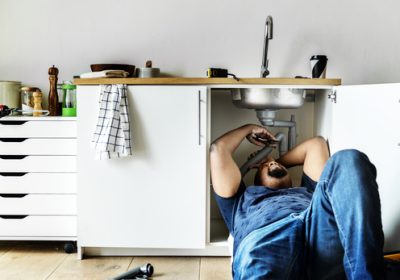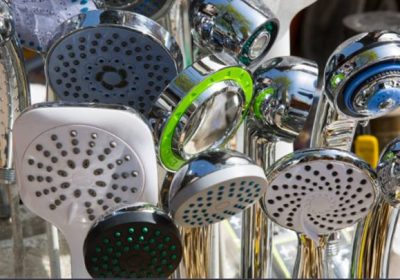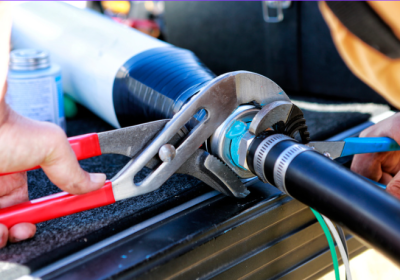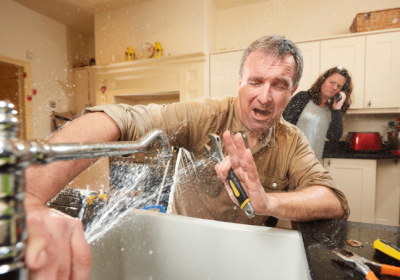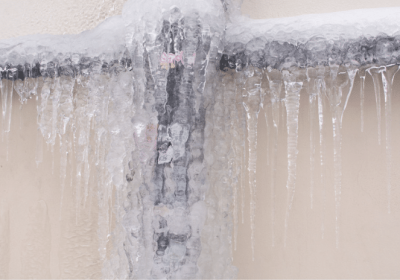Top 10 Common Plumbing Problems in Homes and How to Fix Them
Have you ever woken up to the annoying drip of a leaky tap or a toilet that just won’t stop running? Plumbing issues are almost as common as the homes they occur in, making basic plumbing knowledge not just helpful, but essential for homeowners. In this comprehensive guide, we’ll explore the top 10 plumbing problems that plague homeowners and provide you with simple, effective solutions to tackle them yourself. Save time and money by learning how to handle these common issues before they escalate into major headaches.
1. Dripping Taps
Why Taps Drip
A dripping tap is often caused by worn washers or gaskets in the tap mechanism that no longer form a tight seal. Simple wear and tear or poor installation can lead to this frustrating issue.
Fixing a Dripping Tap
- Identify the type of tap: Is it compression, ball, cartridge, or ceramic disk?
- Gather tools and parts: You’ll need a wrench, screwdriver, and replacement washers or cartridges.
- Shut off the water supply: This is usually found under the sink.
- Disassemble the tap: Replace the faulty parts.
- Reassemble and test: Turn the water back on to check if the leak has stopped.
2. Leaky Pipes
Common Causes
Pipe leaks can result from corrosion, physical damage, or loose connections.
Solutions for Leaky Pipes
- Temporary fix: Use plumber’s tape or a pipe clamp.
- Permanent solution: Replace the damaged section of pipe or tighten fittings.
3. Running Toilets
The Impact of a Running Toilet
A running toilet can waste up to 200 gallons of water per day, significantly increasing your water bill.
DIY Repair Tips
- Adjust the flapper: Ensure it fits properly and isn’t worn out.
- Check the fill tube: Shorten it if it’s too long and submerging.
- Test the flush valve assembly: Replace if defective.
4. Clogged Drains
Types of Clogged Drains
Whether it’s your sink, shower, or bathtub, clogs can occur due to hair, soap buildup, or food debris.
Unclogging Methods
- Plunger: Often effective for minor clogs.
- Plumber’s snake or wire hanger: Useful for more stubborn blockages.
- Natural cleaners: Baking soda and vinegar can help dissolve buildup.
5. Low Water Pressure
Reasons for Low Pressure
It could be due to clogged pipes, faulty pressure regulators, or issues in the main supply.
Fixing Low Water Pressure
- Clean aerators and fixtures: Remove any sediment or debris.
- Inspect the pressure regulator: Adjust or replace if necessary.
6. Leaking Hose Bibb
Seasonal Wear and Tear
After a harsh winter, hose bibbs can crack and begin to leak.
Prevention and Repair
- Install a frost-proof hose bibb: Reduces the risk of winter damage.
- Replace washers: If leaks occur in spring or after new usage starts.
7. Slow or Clogged Shower Drains
Causes of Clogs
Hair and soap scum are the most common culprits behind these annoying clogs.
Clearing Techniques
- Use a hair catcher: Prevents hair from entering the drain.
- Chemical cleaners: Use sparingly as they can damage pipes over time.
8. Jammed Garbage Disposal
Common Jam Causes
Foreign objects or overloading can jam your disposal.
Unjamming Steps
- Press the reset button: Located on the unit.
- Manually turn the blades: With an Allen wrench from underneath.
9. Sewer System Backup
Recognizing a Backup
Multiple slow drains, bad sewage odors, and gurgling sounds indicate a backup.
Professional Handling
- Avoid chemicals: These can worsen the problem.
- Call a professional: Sewer backups often require specialized equipment.
10. Faulty Water Heater
Signs of Trouble
Lack of hot water, strange noises, or discolored water coming from the heater.
Plumbing Troubleshooting Tips
- Check the pilot light: For gas heaters, ensure it’s lit.
- Flush the tank annually: Removes sediment buildup.
Understanding and addressing common plumbing problems promptly can save you from future expenses and inconveniences. While many issues can be fixed with a few tools and a bit of know-how, recognizing when to call a professional is just as important to prevent further damage.
Preventative Measures for Common Plumbing Issues:
- Check for Drips and Leaks: Regular inspections can prevent minor leaks from becoming major problems.
- Prevent Clogs Before They Start: Use drain strainers to catch debris and avoid flushing non-degradable items down toilets.
Solutions for Frequent Plumbing Concerns:
- Addressing Low Water Pressure: Clean aerators or consult a professional to check for internal pipe issues.
- Repairing Running Toilets: Adjust or replace the flapper or float mechanism to stop water wastage.
FAQ Section
Q: How often should I check my plumbing system? A: Annually for inspections, but monitor monthly for any unusual changes in performance or water bills.
Q: How often should I check my plumbing system? A: Annually for inspections, but monitor monthly for any unusual changes in performance or water bills.
Q: What’s the best way to prevent clogged drains? A: Regularly clean drain stoppers, use hair catchers in showers, and avoid disposing of oils and coffee grounds down the kitchen sink.
Q: Is it worth replacing old pipes? A: Yes, especially if your home has galvanized or lead pipes. Upgrading to copper or PEX can improve water quality and pressure, and reduce the risk of leaks.
Q: How can I tell if my plumbing issue is an emergency? A: Water where it shouldn’t be, such as flooding or pervasive wet spots on walls or ceilings, are signs of an emergency. Also, no water service or sewage backup requires immediate professional attention.
Sources:
Refined Plumbing Sunshine Coast
More Plumbing Reading:
- Understanding Your Home’s Plumbing System: An Essential Guide for Homeowners
- Top 10 Common Plumbing Problems in Homes and How to Fix Them
- Eco-Friendly Plumbing Solutions: Saving Water and Money
- The Pros and Cons of Different Types of Pipe Materials In Your Home Plumbing
- How to Prevent and Deal with Frozen Pipes During Winter
- DIY Plumbing: What You Can Fix and When You Need a Professional
- Modern Innovations in Plumbing Technology for Homes




